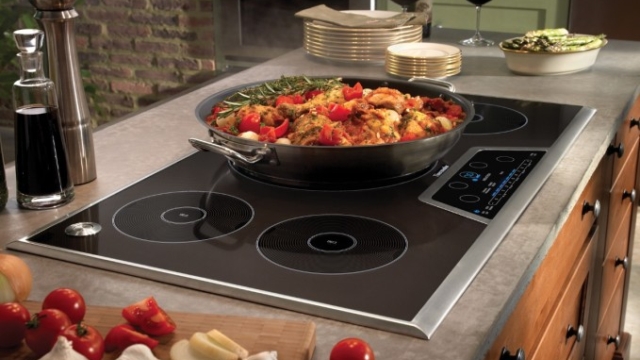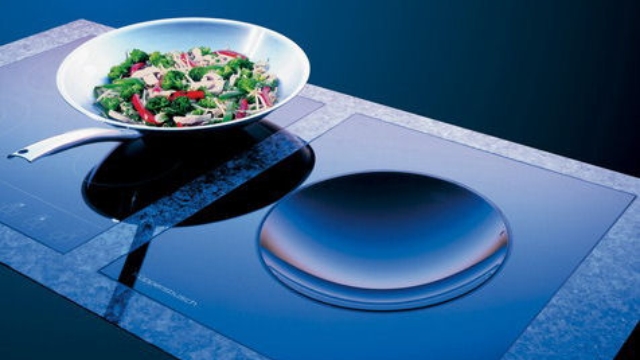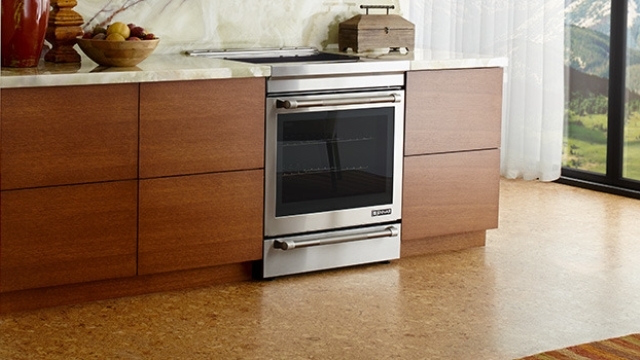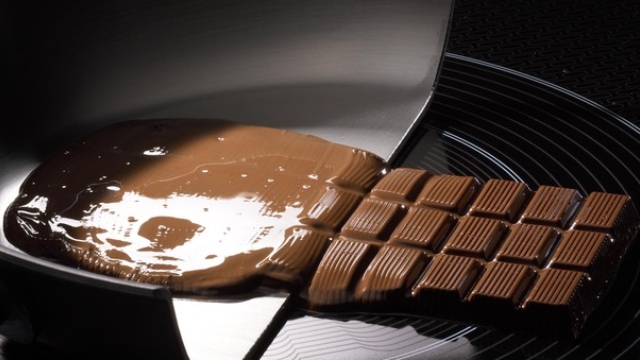The Induction Site
Search this site, or just roll your cursor over the colored boxes below the pictures.Advertisement:
Advertisement:
Advertisement:
Advertisement:




"Where order in variety we see,
And where, though all things differ, all agree."
—Alexander Pope
Quick page jumps:
First off, you need to be aware that in the always (and rapidly) evolving world of "white goods" (as major appliances are known in the trade) all these data are necessarily snapshots of moving targets, and thus likely to be a bit blurred. Not only do makers change their product lines frequently and, apparently, at whim, but those makers themselves are often on something of a merry-go-round ride, with huge conglomerates buying (and sometimes selling) individual brand names like kids trading baseball cards. We strive mightily to keep up, but the pace of change these days is positively dizzying.
(For those interested in watching the carousel turn, Appliance Advisor, the self-described "electronic fish wrap for the appliance industry"—is an always amusing and often interesting resource.)
Second off, you need to know that for all "white goods", the number of actual makers is a lot smaller than the list of available brands: whose "badge" (brand identification) appears on the unit often tells you little about who actually issued paychecks to factopry workers to prioduce the thing. On this page, we try to make some sense of the mish-mash.
If you are associated with a maker of induction appliances and are reading this, ask yourself a question: whyever in the world would you dream that a consumer would want to spend substantial monies on a product that you, its maker, care so little about that you cannot be bothered to publish for it on your web site any of the most basic and critical statistics a purchaser might need to know to make an informed selection?
Would you buy an automobile based on the information that it has four wheels and looks stylish? But you—most of you, anyway—seem to feel that consumers should buy your induction cooktops costing hundreds or thousands of dollars on the basis of information little if any more complete than that.
Wake up and smell the coffee! Get your lazy corporate butts in gear and put some real information out for potential customers to see and evaluate. That is not "the retailer's job": it is your job—and if you don't want to bother with it, all we can assume is that your attitude is that you really don't care at all either about your products or about their potential buyers. As Lily Tomlin's famous line goes, we don't care—we don't have to. Well, we'll see . . . . .

As you can deduce from that heartfelt message, most appliance makers are Not Real Good at putting out information. To begin with, it looks (whether so or not) as if they've all hired the same very, very, very, very, very bad web-site designer to assure that their site pages are difficult to navigate (and often so Flash-ridden as to be impossible to load at all, especially for those who don't like their browsers to load tedious trash), arranged illogically and inconveniently, lack basic information, and are out of date, often wildly. Do these folk seriously believe that all a potential buyer wants and needs to know about a cooktop before spending the national budget of a third-world country on it is that it's black and shiny and has four cooking elements? Oh, maybe if they're feeling expansive, they'll tell you how wide the unit is. Boys and girls, those are not the rules by which the grownups play the game. Smart businessmen—especially those selling premium, upmarket goods—do not insult their customers' intelligence. OK?
|
Important notes on these data:
(For much fuller information on power, read our page Kitchen Electricity 101.) |
Even to the inexperienced eye, it is obvious that not a few lines of induction equipment bear a suspicious resemblance to other lines under other brand names—indeed, the name and logo on the unit often seems the only difference whatever. That is not mere parallel evolution at work: there is probably a definite connection between those parallel brands. One such connection is common ownership by an "appliance group" (that is, holding company); another is the use by one maker of "guts" (internal electronics) made by another company. Also, many "brands" are actually "outsourced" goods, meaning the so-called "maker" in fact just contracts out the making to another company and puts its own brand label on the product; sometimes the outsource maker will also make units under its own name and sometimes it is strictly a background manufacturer with no brands of its own. In any event, the point of note to the consumer is that many lines of induction equipment with substantially differing prices are in fact virtually identical: all you would be paying for in many cases minor trim differences or some trivial bell or whistle—or, often, nothing but the "image" or feel-good quality that the brand (supposedly) projects.
And beyond those units with similarities plainly visible to the eye are those with somewhat different looks but underlying performance similarities. Those typically result from the use of the same internal electronic 'guts", regardless of the exact layout chosen for the elements.
Knowing that Brand X and Brand Y are owned by the same paernt company does not mean that you can automatically treat their equipment lines as equivalent—but it is a useful thing to have in mind when balancing possible purchase choices' merits, especially when the products look and spec out with obvious parallelism.
Here, then, is a list, very probably incomplete, of who seems to own which brands. Brand names not on this list are either—we think—independents or are members of a group that makes no other induction equipment. The "group" links (in boldface) are to web-site pages of the groups themselves; the following by-brand links are each to the page of this site that deals with the brand in question; only brands making induction-related equipment sold in the U.S. are linked. Keep in mind that some brands, whether subsidiaries on this list or nominal "independents", may use equipment made by some other company; we'll list some of those in a moment. This list is just ownership.
Note that this list is now restricted to brands sold in the U.S. We can no longer keep up with the entire world. (Brands part of a family listed below but not sold in the U.S. are marked with an asterisk.)
- BSH (Bosch Siemens Home Appliances):
- Balay *
- Bosch
- Coldex *
- Constructa *
- Gaggenau
- Neff *
- Pitsos *
- Profilo *
- Siemens *
- Thermador
- Ufesa *
- Viva *
- Electrolux: (almost surely an incomplete list)
- AEG *
- Arthur Martin *
- Atlas *
- Beam *
- Castor *
- Chef *
- Corberó *
- Dito [commercial]
- Electrolux
- Electrolux Icon
- Electrolux Laundry Systems *
- Electrolux Professional
- Elektro Helios *
- Eureka *
- Fauré *
- Frigidaire
- Gibson *
- Juno *
- Kelvinator *
- King *
- Lehel *
- Marynen/Marijnen *
- Molteni [commercial] *
- Olympic Group *
- Parkinson Cowan *
- Philco *
- Privileg *
- Progress *
- Prosdócimo *
- Rex Electrolux *
- Rosenlew *
- Sanitaire *
- Simpson *
- Tappan *
- Therma *
- Tornado *
- Tricity Bendix *
- Volta *
- Voss-Electrolux *
- Wascator *
- Westinghouse *
- White-Westinghouse *
- Zanker *
- Zanussi [residential & commercial] *
- Zoppas *
- Fagor: (owned in turn by the Mondragon Corporation)
- Aspes *
- Brandt *
- De Dietrich *
- Edesa *
- Fagor
- Mastercook *
- Ocean *
- Sangiorgio *
- Sauter *
- Vedette *
- Whirlpool:
- Amana
- Bauknecht *
- Brastemp *
- Consul *
- Gladiator *
- Jenn-Air
- KitchenAid
- Whirlpool
It is unclear, after extensivse research, whether the Bertazzoni brand is ownership-related to the SMEG brand (SMEG—a horrid initialism—was founded by and is still owned by a Bertazzoni family, as was and is SMEG).
Some brands, though under distinctly different owners, may use hardware from some one source, necessarily making their lines quite similar. That arises because there are really only a few companies that have developed and maintain the actual technological and manufacturing capability of making induction equipment from the ground up. Some of those companies themselves market finished gear, while others remain in the background simply as suppliers to the known name labels.
With the dizzying spped of the products-lines carousel these days, it is no longer simple to find out who makes what for whom. At least once upon a time, Jaeger Controls used to supply Wolf (for one), and Luxine used to supply (besides Vollrath, which now owns them) Viking. And Fagor supplied several lines besides its own, many of which have since disappeared (Diva de Provence and Heartland, for example). Presumably—but who can say for sure?—the four big conglomerates listed above supply at least all their own subsidiaries with a common technology, but one suspects that many of the "independent" makers, even the old, fairly big ones, do not design and manufacture their own internal hardware.
As time allows, we will try to research these matters, and update this part of the site. As a hint, if you see a unit that has "power sharing" but not an actual "boost" function, there's a good chance that the name "Fagor" can be found somewhere inside its guts.
For a click-on/jump-to list of the data we have for each of the induction-cooker makers we know of, visit our Induction-Makers List page. Each of our maker pages includes a link to the maker's own web site, as well as information on that maker and a list of all that maker's induction products (usually with full details on each).
Other related key resources on this site are our pages on:
Advertisement:
Advertisement:
All content copyright © 2002 - 2025 by The Owlcroft Company.
This web page is strictly compliant with the W3C (World Wide Web Consortium) Extensible HyperText Markup Language (XHTML) Protocol v1.0 (Transitional) and the W3C Cascading Style Sheets (CSS) Protocol v3 — because we care about interoperability. Click on the logos below to test us!
This page was last modified on Monday, 22 January 2024, at 12:46 am Pacific Time.